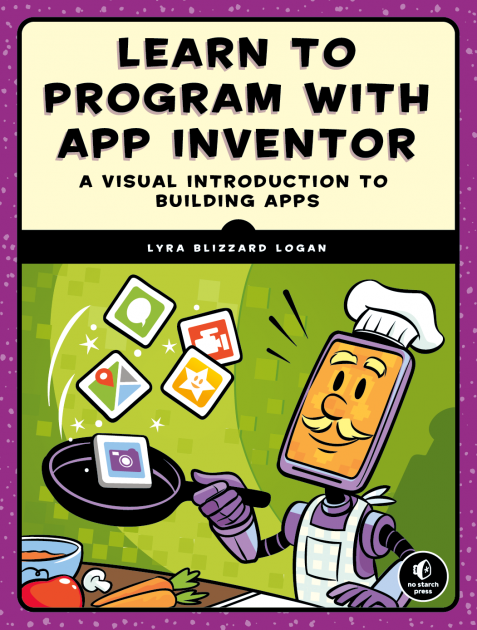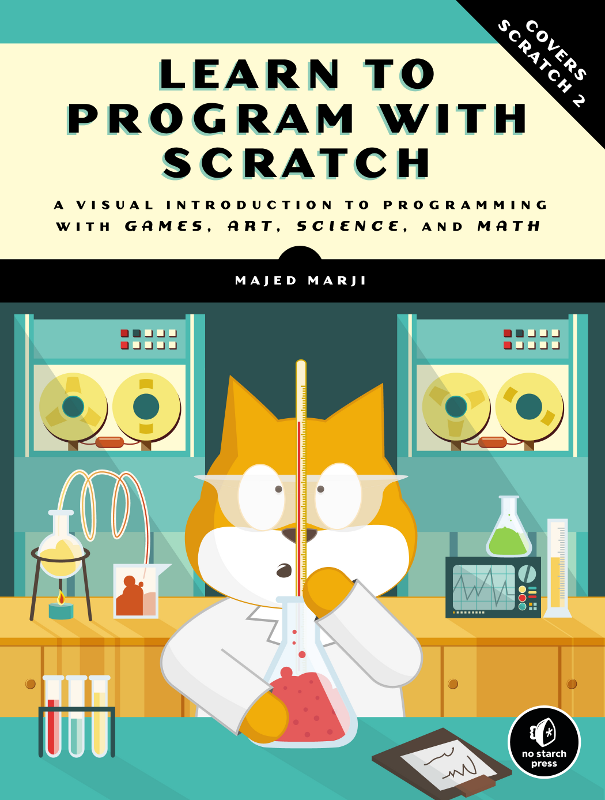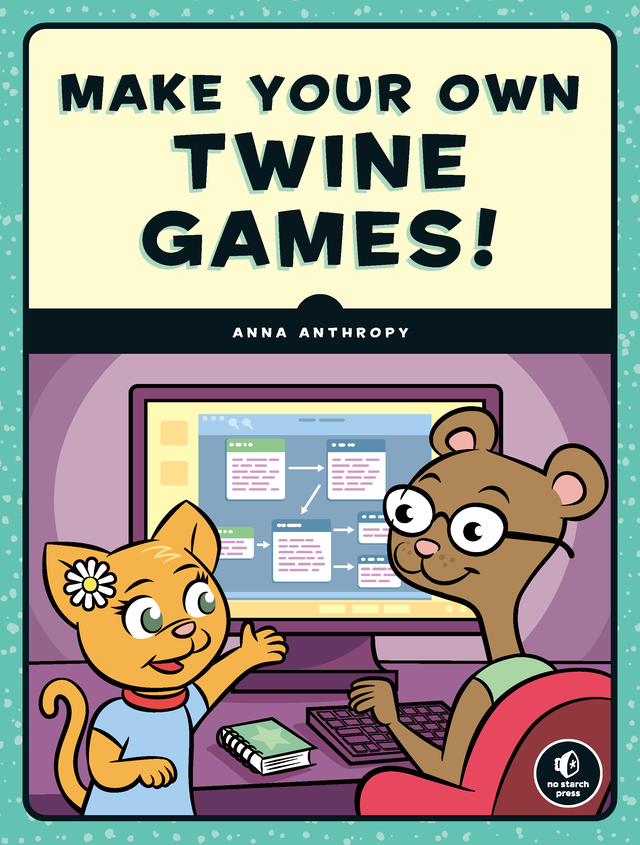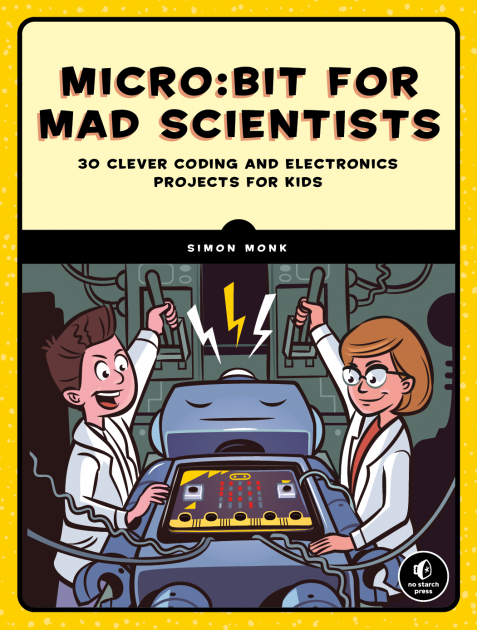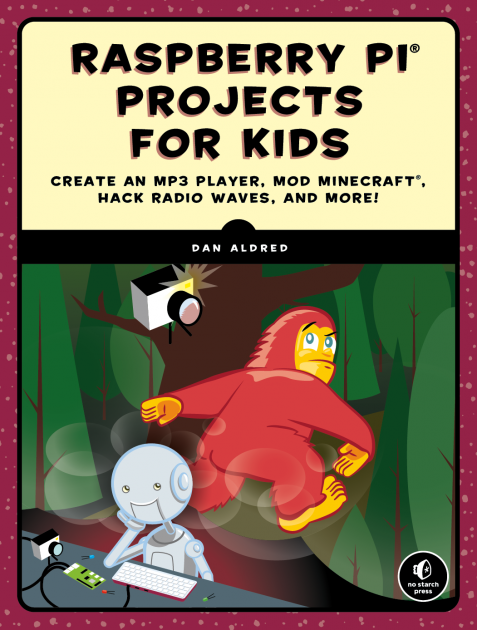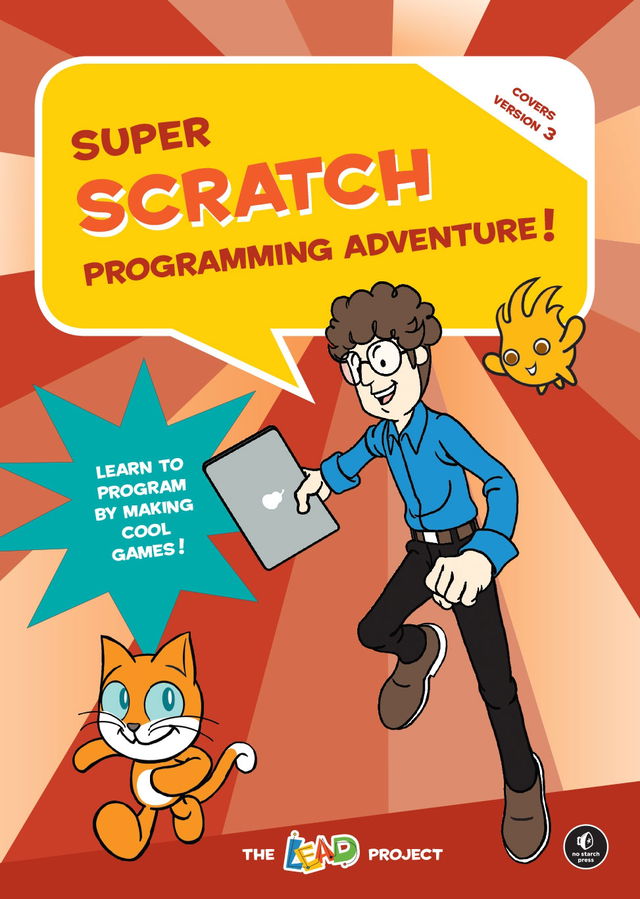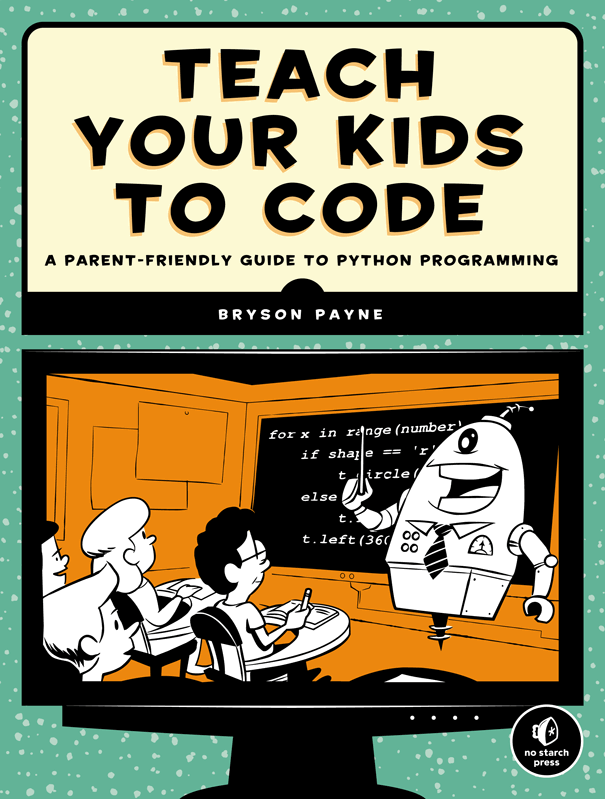Teach Your Kids to Code is a parent's and teacher's guide to teaching kids basic programming and problem solving using Python, the powerful language used in college courses and by tech companies like Google and IBM.
Step-by-step explanations will have kids learning computational thinking right away, while visual and game-oriented examples hold their attention. Friendly introductions to fundamental programming concepts such as variables, loops, and functions will help even the youngest programmers build the skills they need to make their own cool games and applications.
Whether you've been coding for years or have never programmed anything at all, Teach Your Kids to Code will help you show your young programmer how to:
- Explore geometry by drawing colorful shapes with Turtle graphics
- Write programs to encode and decode messages, play Rock-Paper-Scissors, and calculate how tall someone is in Ping-Pong balls
- Create fun, playable games like War, Yahtzee, and Pong
- Add interactivity, animation, and sound to their apps
Teach Your Kids to Code is the perfect companion to any introductory programming class or after-school meet-up, or simply your educational efforts at home. Spend some fun, productive afternoons at the computer with your kids—you can all learn something!
“A straightforward, crystal-clear guide to programming in Python...Sophisticated concepts and serious programming make for an easy, enjoyable game for families.” —Kirkus Reviews
“An easy five stars...With the information provided in Teach Your Kids to Code, kids (and adults) will have a solid foundation from which to jump to more advanced programming books.” —James Floyd Kelly, GeekDad
“Kid coders who have mastered the likes of Scratch, or older students who are math inclined and want to learn how to code, will find a worthy choice in Payne’s guide to Python programming.” —School Library Journal











